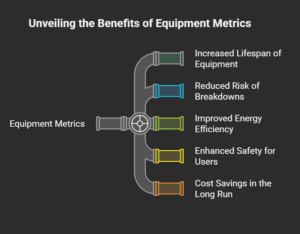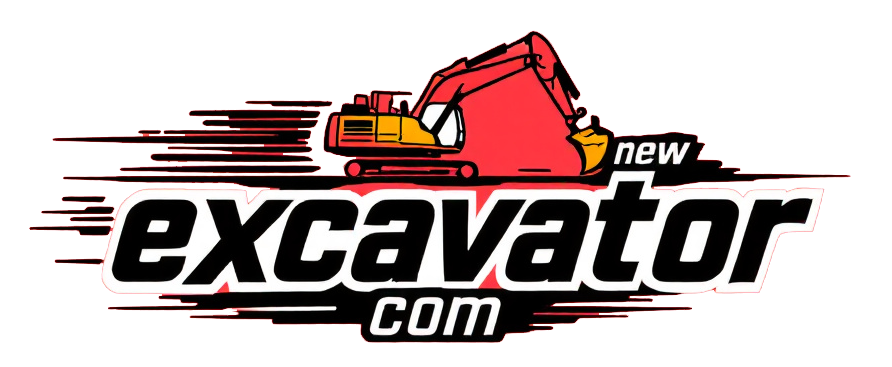Forklift safety rules are at the heart of safeguarding the working environment in storage facilities, building sites, and production plants. These rules are mainly under the supervision of the United States Occupational Safety and Health Administration (OSHA), which lays down guidelines that employers need to follow to secure their workers.
The condition is that all forklift operators must be trained and certified by OSHA, which in turn, requires that operators have the best knowledge of the different types of forklifts that they will be handling. T
his training is basically about the use of the safety features, the limitations of the operational, and the equipment, which are very important for a low number of accidents and injuries.
Apart from the operator’s training, the administration’s rules also require employers to organize the safety audits and risk assessments frequently to locate the hazards linked to the use of forklifts. It is a process that involves the assessment of the work environment such as the width of aisles, the condition of the floor, and the overhead clearance.
The employers should also equip the forklifts with the necessary safety features such as horns, lights, and seat belts. Meeting these requirements in legal terms means that employees are protected and organizations already benefit by escaping the paying of a series of heavy fines and legal problems that are related to the occurrence of accidents in the workplaces.
Key Takeaways
- The identification, and subsequent adherence to, the forklift safety rules, which is a key aspect in the prevention of accidents and ensuring that the working environment becomes safe, is the ultimate way forward.
- Pre-operational checks and inspections performed along with detecting any possible issues in the forklift prior to use are the first step in reducing the risk of breakdowns and accidents.
- In addition, the main point of safety in the proper forklift operation is the use of the horn when necessary and maintaining a clear line of sight, which are the two key features of safe and efficient operation.
- Apart from longevity, ensuring the safety of the employees, as well as the fulfillment of regulations, forklifts need their regular maintenance and servicing, which is, of course, very important.
- Ever since the innovation of battery forklifts, battery safety and maintenance have been a matter of great concern in the industry, as they are a major source of the electrical hazards, and they are also a cause of the forklift’s unreliable performance when not maintained properly.
Pre-Operational Checks and Inspections
Conducting pre-operational checks and inspections to ensure that the equipment is both safe and functional is a must for the forklift operators. The first step for the operators should be the inspection of the external part of the forklift for any signs of damage or wear.
Along with that, the concerned persons should look for leaks in the hydraulic system, conversely, they have to ensure that the tires are properly inflated and that they are free of any/significant wear, lights and signals should also be checked if they are working. A visual inspection is often able to bring up the hidden issues that could even lead to the machine’s shutdown during operation.
Besides “eye tests,” workers must also ensure the performance of some basic functions of the machine. For example, they have to check the brakes, steering, and forks they will not fail to react.
Moreover, they should also measure liquid levels (oil, hydraulic fluid, coolant, etc.). As a result, they will bring out the broken parts’ symptoms and will help a technician replace and repair the parts before the problem worsens, thus preventing the crisis from occurring.
Proper Forklift Operation Techniques
Proper forklift operation techniques are the basics that should be kept for the safety as well as the efficiency of the tasks handled by the machines. One of the principles of safe operation is always to maintain a clear line of sight while driving.
Operators should never attempt to navigate corners or tight spaces unless they first make sure that they can see the way to the end. If the view is blocked, the operator should use a spotter or drive backward if needed to avoid collisions with pedestrians or other equipment. Another keystone to safe operation of a forklift is ascertaining load capacity and stability.
Each forklift is designed with a load capacity limit which should not be exceeded; normally this information is indicated on a label on the forklift itself. Operators should also know how the load impacts the center of gravity of the forklift.
In the case of a heavy load, it is very important to turn the forks back a bit to support the load and to avoid it from sliding off as you are transporting it. Furthermore, operators should always be moving at a safe speed particularly when they are on a ramp or on an uneven surface so as to still be in control of their vehicle.
Importance of Regular Maintenance and Servicing

In order for a forklift to last a long time and work safely, regular maintenance and servicing are mandatory. The probability that a well-maintained forklift will cause the driver to panic because of mechanical failures that lead to accidents is very low.
Routine maintenance checks mainly include the routine inspections of the parts such as brakes, steering systems, and the hydraulic system, in general, the areas that are critical to the forklift.
By following the maintenance schedule advised by the manufacturer, companies will be able to find possible problems caused by the aging of the parts before it leads to a big issue.
Moreover, regular servicing can be a big help in improving the productivity of the forklifts and thus the material handling operations. For example, a forklift with properly maintained hydraulic systems will operate more smoothly and lift loads more effectively than one that has not been serviced regularly.
In addition, having a good record of the maintenance activities will prove to be very helpful in monitoring the equipment’s performance over time and in decision-making regarding whether the organization should replace or upgrade the old equipment.
Forklift Battery Safety and Maintenance
Power is Forklift battery safety and maintenance are the safety and maintenance of the forklift hard parts of the overall forklift operation, especially those electric forklifts which are powered by batteries.
Operators should be trained in the right battery handling procedures to avoid accidents associated with battery acid spills or electrical hazards. The process of charging batteries needs to be done in a lovely ventilated place to avoid explosive gases building up, which is the reason why these gases can be identified during the charging process.
Forklift battery maintenances include the check of the fluid level in the lead-acid type of batteries and also the check of the terminals whether they are clean and free from rust.
Workers can also check if battery cables are good by searching for wires or the breakdown of the shield. Regular cleaning of battery terminals can allow them to have good and longevity electrical conductivity plus battery life.
The operator, on top of that, has to know the symptoms of battery failure such as low power coming out of the battery or the battery losing its charge quickly which is a signal that a new one has to take its place.
Ensuring Proper Load Handling and Stability
The best way to avoid accidents during forklift operations is through proper load handling and ensuring stability. The operator should be familiar with the process, and the first step in picking up a load is examination whereby the weight and the stability of the load should be checked and confirmed.
The operator to be on the safe side should lower the forks as far as possible before lifting the load thus the risk of toppling over will be low. It is also essential that the load being transported should be kept in the center of the forks so as to maintain stability and balance. The operator, while guiding through narrow passages, should slow down and be very alert.
An obstruction in front of the driver’s view is undoubtedly a dangerous situation; hence, the driver should reverse or use a spotter to direct him safely through such an area.
Furthermore, while stacking, the operator should make sure that the trucks are lied down on the shelves or pallets evenly so that they will not slide or drop during the storage process.
Tips for Forklift Parking and Storage
Safe parking and proper storage of forklifts are the backbones of safety in the work environment when the latter is not in use. In case it is feasible, forklifts ought to be parked on flat grounds so as to avoid the possibility of rolling or toppling over. The parking brake needs to be engaged by the driver after he has parked the forklift to secure it in the position it is in.
Moreover, on top of the forks being lowered as a means of parking, this not only prevents accidental movement but also allows for less exposure to injury of the staff that may be walking near.
In storing the forklifts for a long time, the batteries should be disconnected if it is battery-powered, particularly for electric models. This is a way of averting battery discharge and also cutting down the chances of electrical hazards.
Forklifts should also be stored in areas reserved for them away from places where people are walking so as to prevent the occurrence of collisions or accidents. Further safety measures such as the use of clear signs indicating parking areas making it easier for the operators to identify the location of their equipment can be put in place.
